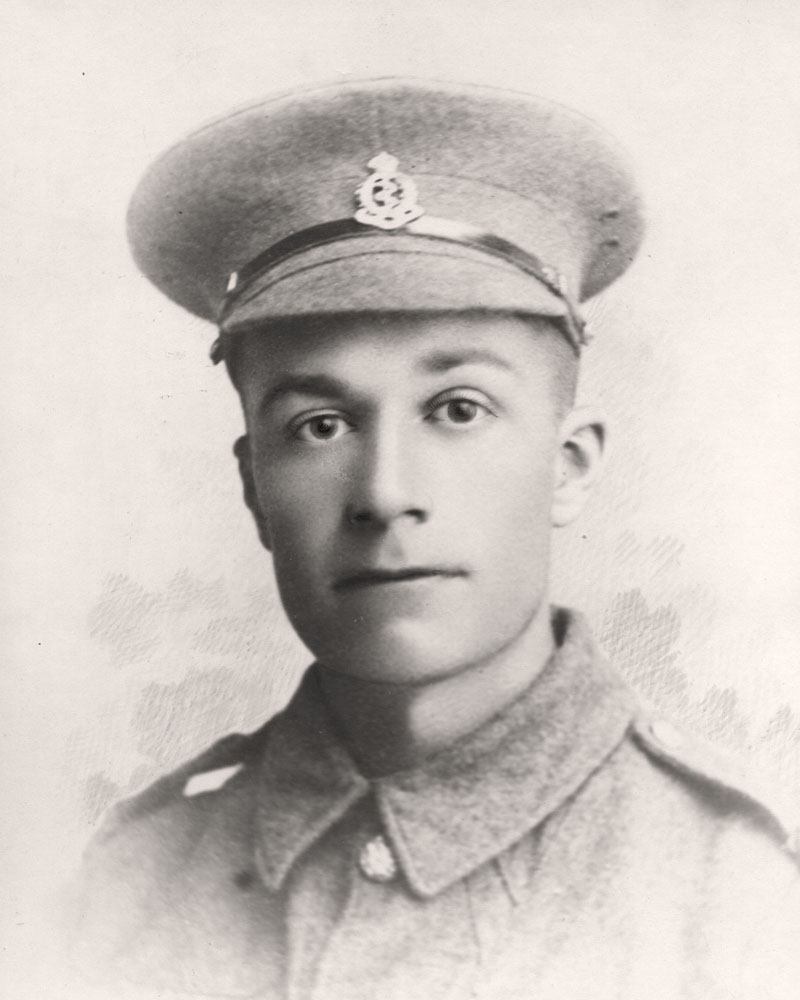B. A. M. Dunning
Service no. 558257
Driver, Royal Engineers, Army Signal Company
Died of dystentery age 39 on 6 December 1918
Son of Mrs Julia Dunning; husband of Rosina Harriet Dunning, of 17, Somerleyton Road, Brixton, London. Born in Dorset.
Remembered at Baghdad (North Gate) War Cemetery, Iraq
British Army WWI Service Records 1914-1920
Bernard Dunning joined the war effort early – he attested on 5 December 1914 from the Territorials. In civilian life he was a tram conductor; he became a driver in the Army Signal Company in the Royal Engineers.
Dunning’s medical notes state that he was 5 feet 7 inches tall with a 35 inch chest, which he could expand by 2 inches. His physical development was “fair”.
Dunning survived the war, but fell very soon afterwards. He served in France, in the British Expeditionary Force, between 12 February to 7 November 1916, and had periods in England. During this period he was admitted to hospital suffering from haemorroids, which were operated on.
Later he was deployed in the Middle East, where he was admitted to hospital on 23 August 1918 – again suffering from haemorroids – and discharged 22 September 1918. On 10 November he was admitted to the 31st British Stationary Hospital field hospital and by 24 November he was described as “dangerously ill” with dysentery. On 6 December he died.
Dunning left a widow, Rosina Harriet Dunning, and a 12-year-old son, Herbert William.
Information from the 1911 census
Bernard Allen Miller Dunning, 31, and Rosina Harriet Dunning, 27, lived with their son at 56 Edithna Street, Stockwell. Bernard was born in Lulworth, Dorset, and worked as a tram driver for the LCC (London County Council). Rosina Harriet Dunning was born in Blackfriars. Their son Herbert William, born in Eastbourne, Sussex, was 5. Two boarders lived with the family: Henry Miles, 25 and single, worked as an estate agent; Alice Lily Murphy, 25, was a dressmaker.
Ten years previously (1901 census), Bernard was single and living in Eastbourne, where he worked as a door porter at the Grand Hotel. His father (1891 census) was a groom and general outdoor servant.

